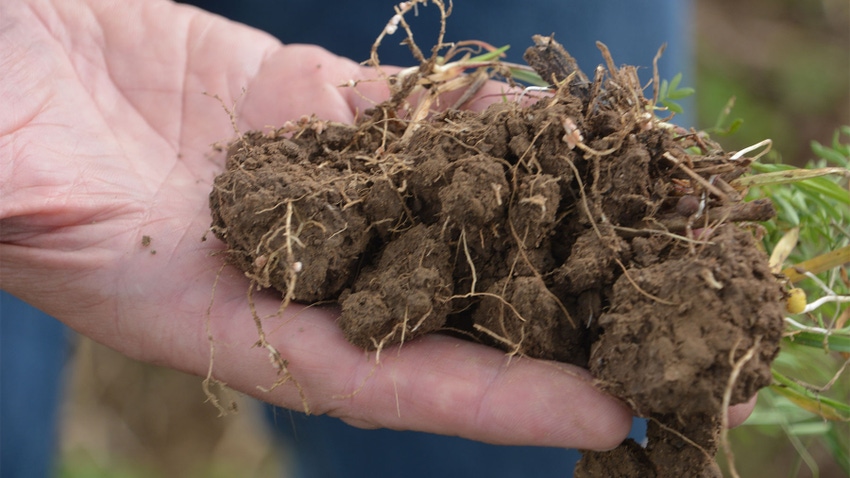
Ken Rulon is a realist. He knows that when it rains in central Indiana today, it’s more likely to be a 2- to 4-inch rain rather than the 1- to 2-inch rains that usually fell when he was a boy. He also knows the world today is concerned about how much carbon farming releases into the atmosphere. These reasons partly explain why their operation revolves around no-till and cover crops. But it’s not the primary reason.
“Our bottom line is better, period,” Ken says. “Our net income per acre is higher compared to other options, and we can prove it. We track expenses and income to the penny.”
Ken farms with his brother Roy, cousin Rodney, and nephews Nick and Neal near Atlanta in Hamilton County, Ind. The family first no-tilled in 1991 and started adding cover crops in 2001. Their operation consists of several thousand acres of corn and soybeans.
Here are principles that drive the Rulons’ business:
Low-cost producers. “We achieve more profitability because we manage so that we are low-cost producers,” Ken says. “We have good yields, but they aren’t always the highest yields around. We pay more attention to income per acre, not yields.
“For example, saving on some herbicide costs through using cover crops helps us be that low-cost producer.”
Acre-by-acre management. Rodney began sampling the entire farm acre by acre every year in 1994. He still does the soil sampling today, acre by acre, year after year.
“There is great value in testing soils this way and maintaining pH and nutrient levels on an acre-by-acre basis,” Ken explains. “We want to have the pH right on every acre.”
Cover crop respect. “We invested in a new air seeder a year ago strictly to plant cover crops in the fall,” Ken says. “Planting date on cover crops is critical to maximizing their value in root growth. To cover all our acres, we must plant quickly and accurately so we get good stands. That’s why we invested in a seeder so we could plant 7 to 10 miles per hour.”
All about carbon. What is the most important nutrient in the soil? Nitrogen, phosphorus, potassium and sulfur are all important, but the most valuable is carbon, Ken says.
“The question becomes, how do we get more carbon into the soil?” he notes. “For us, we believe that is through building soil organic matter.”
Over the past 20 years, soil sampling records indicate the Rulons have increased soil organic matter levels a full percent. If they were 2% then, they are 3% to 4% now, with many areas over 5%.
Farming for 2044. The Rulons believe their strategies will put their farm in the best competitive position 20 years down the road.
“Increases in organic matter, which we can document, will allow us to add another 30 bushels per acre on our yield goal by then,” Ken says. “If we were in conventional tillage, we would be taking 30 bushels per acre off our potential yield goal 20 years out. Why? Tillage burns carbon. And carbon helps us increase organic matter. It fuels life in the soil and stores water and nutrients for our crops.”
Read more about:
No tillAbout the Author(s)
You May Also Like




